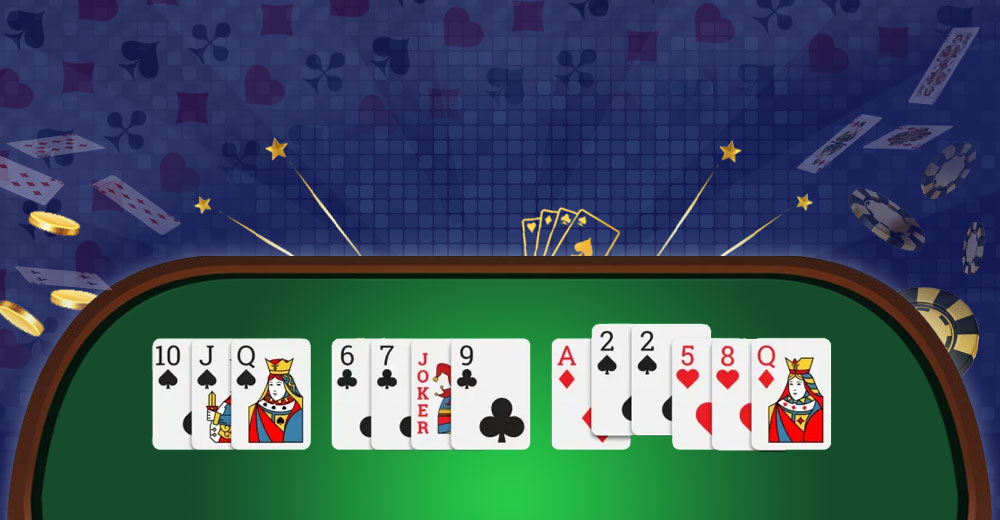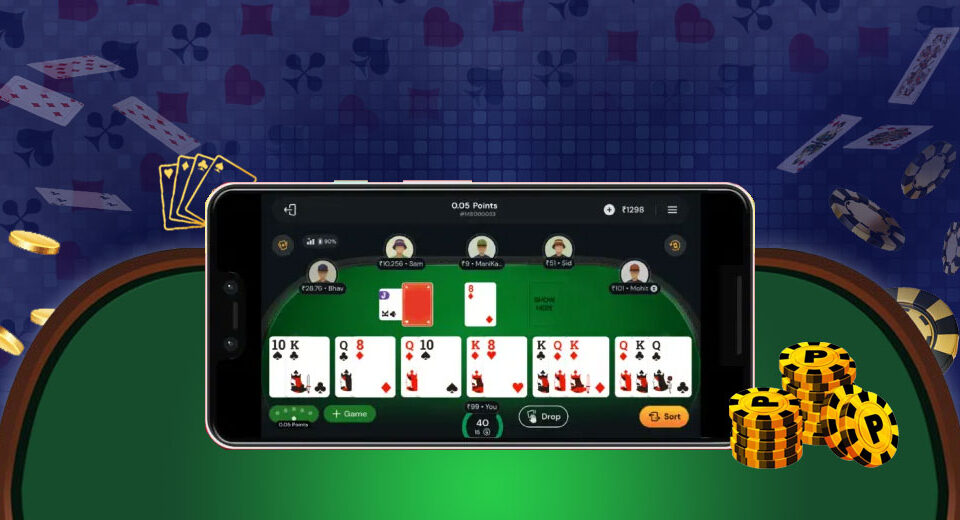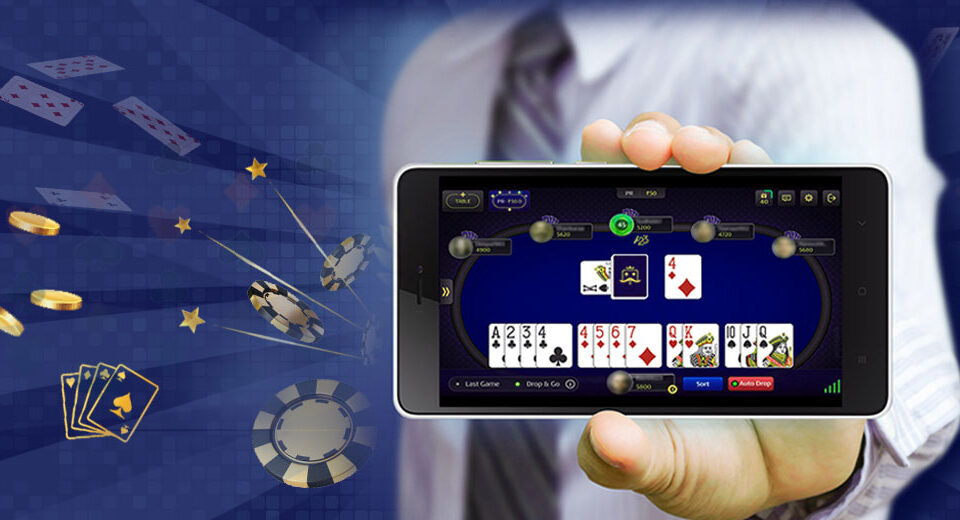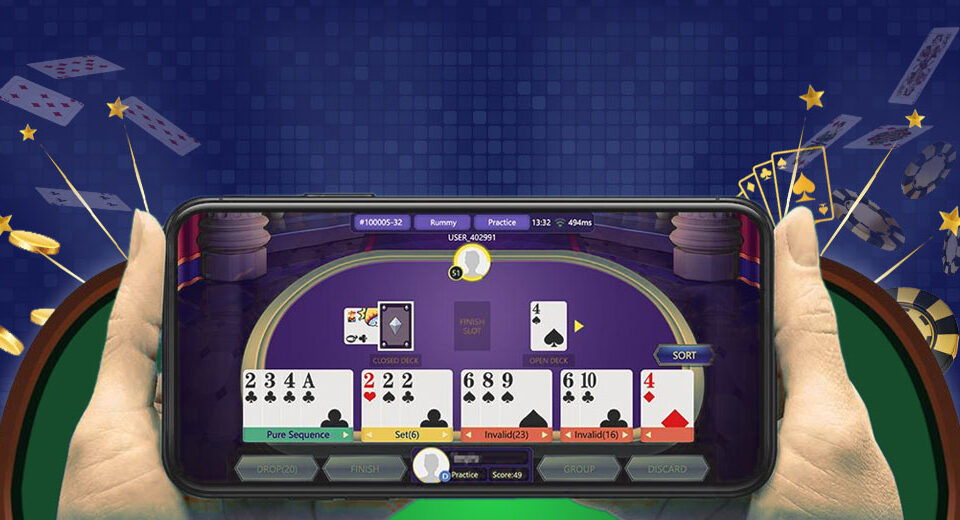The Art of Bluffing Without Saying a Word in IndianRummy
In IndianRummy, bluffing doesn’t involve verbal tactics like in other card games - it’s all about how you pick, discard, and react during gameplay. Without ever speaking, a skilled player can lead opponents to misread their hand strength, manipulate moves, and control the game’s pace. The silent bluff in IndianRummy is an advanced psychological play that can alter how opponents build their strategies. Whether you’re competing in Indian rummy online rooms or traditional games, understanding non-verbal bluffing will sharpen your edge and help you create consistent pressure without exposing your real hand.
Controlling the Discard Pile
One of the easiest ways to bluff in IndianRummy is through your discard choices. Smart players throw away high-value or sequence-forming cards to suggest disinterest. Discarding a 9♣ after picking up a 10♣ from the closed deck may mislead your opponent into thinking clubs aren’t part of your priority. This misdirection often causes them to discard useful cards unknowingly. Bluffing in this way is especially effective when playing online rummy game formats, where expressions and tones are absent.
Picking from the Closed vs Open Deck
Taking from the open deck gives away clear information - but it can also be used as a bluff. Suppose you pick a 5♠ from the open pile, even when it doesn’t help your hand. The opponent might assume you’re building around spades and hesitate to drop useful cards in that suit. Using this technique sparingly can guide their discards and increase your hand potential without risk. This tactic is part of advanced Indian rummy rules used by strategic players who understand how to control perception.
Mimicking Uncertainty
Indecisive moves - or a pause before discarding - can act as an intentional bluff. When you delay slightly after drawing, it creates the illusion of calculation or conflict, making opponents believe your hand is weaker or less structured. In Indian rummy card game platforms with time trackers, a controlled pause can be a tool. Use it to influence decisions without ever clicking the chat box.
Building Redundant Cards to Conceal Intent
Bluffing also involves holding cards that don’t fit into your hand just to hide your real combinations. Suppose you're one card away from finishing a run but keep additional unrelated cards to mislead. It prevents your hand from appearing too clean, reducing the odds of an opponent dropping key cards. Though it temporarily delays your progress, it strengthens your psychological control of the table.
Deliberate Discards to Trigger Action
If you suspect an opponent is close to declaring, an aggressive discard like a high-point face card might urge them into rushing their move. If their hand isn’t fully ready, they might misfire a declaration. This kind of bluff - taking advantage of pressure and tempo - works exceptionally well in fast-paced Indian rummy online sessions. You’re not tricking them with cards alone but with the momentum you’re creating.
Timing Your Declaration
Even the timing of your declaration can serve as a bluffing tool. Declare confidently and promptly in some games. In others, delay your declaration slightly to create uncertainty or pressure. A declaration that feels rushed might suggest it was a lucky hand, prompting overconfidence in the next game. These subtle timing adjustments play into longer match strategies, especially in pool or deals rummy where mental rhythm matters.
Consistency That Creates Uncertainty
Ironically, the best bluff is often a consistent playstyle. When you keep your behaviour even and emotionless - never acting too fast or slow - you make it hard for opponents to read your moves. This forces them into guesswork, often creating errors in discards or misreading your hand value. Bluffing without being dramatic is an art that makes your IndianRummy gameplay sessions more competitive and tactical.
Conclusion: The strongest bluff in IndianRummy is the one that looks like strategy, not a trick.
Bluffing in IndianRummy doesn’t involve talking or gestures; it relies on reading the game state and manipulating perception through moves. From what you discard to how you time your draw and drop, each decision creates a story your opponent believes. By managing the discard pile, faking intent with picks, holding decoys, and using time subtly, you can consistently push your opponents into guessing wrong. Bluffing is most effective when it blends with a solid strategy - used in moderation and never too predictably. It’s a skill that evolves with observation and practice, giving you the edge when others rely purely on card strength.




